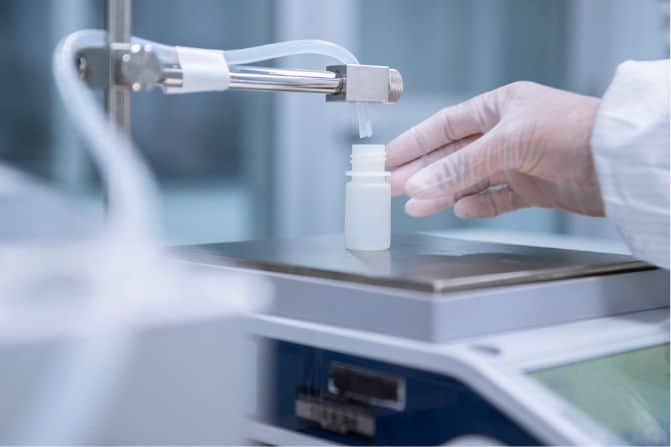Labor market in Biotech and Pharma
With the latest release of employment data from the U.S. Labor Department, it is apparent that, at least in the short term, unemployment is nearing a fifty-year low. While that should cheer new graduates in the Life Sciences, the news may foretell a coming labor shortage for biotechnology and pharmaceutical companies. Just prior to the U.S. posted data, the Boston Globe reported on a survey of 128 pharmaceutical and biotech companies that showed graduates with an associates degree in Biotechnology grew 56%, but this did not keep pace with job openings that grew 100%. Similarly, the number of graduates with Ph.D.’s in biotech grew 16%, however, open positions grew 43%.
How can this labor shortage impact biotechnology, pharmaceutical, OEM and contract manufacturing in the Life Science space?
With a diminishing available labor pool, both contract manufacturing providers and biotech/pharma companies are competing for scarce talent and will be largely subject to the same pressures. However, as contract manufacturers often have better labor efficiencies and higher utilization rates in a direct-cost per output basis, contract manufacturers likely have an edge. They can continue to offer lower costs and better value, especially to those OEM’s that are investing heavily into R&D and M&A.
The use of CMO’s can free those resources up, reduce capacity expansion requirements and capital costs.
While wage growth was only 2.7% last period, capital equipment manufactured in the United States that is used in biotech and pharma manufacturing is seeing rising prices.
- In the short-term for companies contemplating a Make vs. Buy decision, the cost to “Make” will increase compared to using existing outsource structures.
- In the longer term, contract manufacturers will face the same challenge as they look to upgrade P&E.
- However, for the time being, those CMO’s with the best equipment and the latest advancements are in a good position to grow market share.
Besides changing labor efficiencies and capital equipment costs, there is another variable associated with a tightening labor market, as illustrated by Praveen Tipirneni, CEO of Morphic Therapuetic, Inc. In his Forbes Quora “Four Biotech Trends to Watch in 2018,” he explains that the supply side of recruitment used to be a constraint:
“But we’re at a moment of increasing innovation and company creation, so the demand for talent is much higher than we’ve seen before. For the first time, recruitment will not be taxed by lack of supply, but by the immense demand from new company formation.”
While the article was written earlier in the year, before the labor market started demonstrating sustained tightening, he postulates the rapid formation of new companies will increase the fluidity of movement between small biotechs and large pharmaceutical companies. In essence, this is a forecast for higher employee turnover. Pharmaceuticals, biotechs, nor contract manufacturers will get a pass on this- so buckle up!
In summary, the Life Sciences manufacturing and operations space will continue to get busier. It will be:
- Harder to recruit talent
- Capital equipment costs will increase
- And there will be higher turnover of personnel
It is essential for OEM’s to have their best people working on their newest and most important innovations. The use of CMO’s can free those resources up, reduce capacity expansion requirements and capital costs.
In the short-term for companies contemplating a Make vs. Buy decision, the cost to “Make” will increase compared to using existing outsource structures.
While Argonaut Manufacturing Services isn’t immune to the labor market impacts, we are here to help our biotechnology and pharmaceutical partners expand during this opportune and challenging period. For more information, please contact us at (888) 834-8892 or [email protected]


